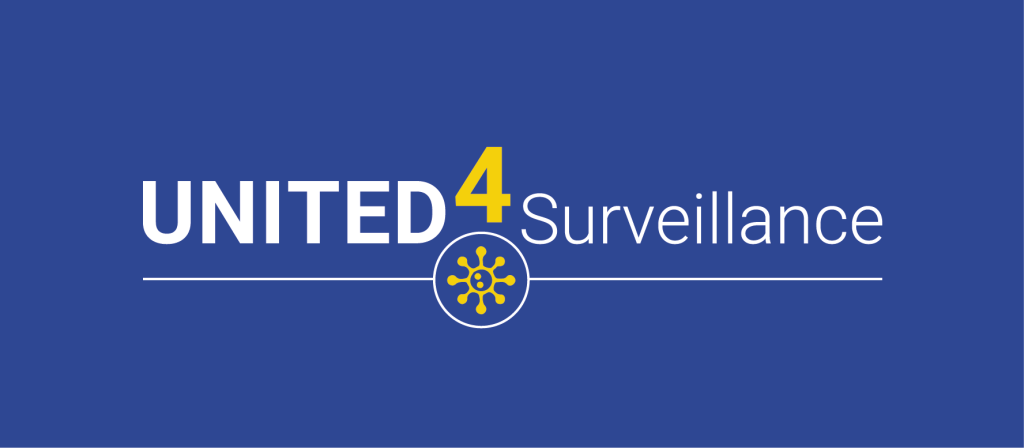About the project
WP4 One Health
WP leads: RIVM (NL) and FHI (NO)
Close interactions between humans, animals and the environment hold a risk of emergence of infectious diseases, due to the likelihood of spillover events. Early warning surveillance at the human, animal, environmental interface able to trigger timely public health actions is a key pillar of effective public health surveillance regarding detecting emerging pathogens and outbreaks of existing zoonoses. The vision of this WP is to form and strengthen partnerships in a One Health manner where data for action is shared in a structured way.

The objective of WP4 is to support Joint Action partners in developing One Health surveillance structures with integration of data/signals from the human, animal, and environmental domains. With the aim to enhance:
- the capability of detecting (re)emerging pathogens with zoonotic potential and performing public health risk assessments;
- source identification of outbreaks;
- research into targeting interventions.
The work of this WP is organized over 3 tasks focusing on foodborne disease, zoonotic influenza, and vector-borne disease. Within each of the 3 tasks, 3 subtasks will be carried out concerning goal definition (signaling/surveillance, selection of pathogens, etc.) and stakeholder analysis; systems mapping; and piloting promising approaches. The first two subtasks will be executed jointly across the main tasks to ensure a common approach and methodology. Sub-task leaders will interact with the co-leaders of the 3 tasks.
It is recognized that different member states are at a different stage regarding One Health surveillance. This allows member states that place early in the process to learn from member states with more advanced One Health surveillance systems. Depending on the level of development, member states can thus proceed at different pace throughout the WP.
The organization of the tasks by disease group ensures concentration of disease-group specific expertise regarding stakeholders, types of data, specific barriers, data flows, laboratory diagnostics, public health response actions (e.g., food tracing vs blood and transplant safety actions etc.) while the two cross-cutting subtask enable working across disease-type-siloes. The pilots on promising approaches will lead to a description of best practices (case studies) which may pave the way for a potential European-wide approach.
In 2023 participating countries identified and prioritized key players using stakeholder analysis. Workshops were then held, together with stakeholders, to create a map that illustrates how the One Health Surveillance systems operates, define roles and responsibilities, and identify points for improvement. Based on the systems mapping workshops, the pilots were designed to address the gaps between the current and desired surveillance systems.
In January 2024, pilot studies were initiated in several countries for Salmonella (Belgium, Lithuania, and the Netherlands), Shiga toxin-producing Escherichia coli (STEC) (Denmark and Italy), swine influenza virus (Norway), both avian and swine influenza virus (Austria, Belgium and Denmark), West Nile virus (Spain), tickborne encephalitis virus (Lithuania), and Francisella tularensis (Austria). These pilot studies aim to improve the current One Health surveillance systems in order to address locally relevant needs and will run until the end of 2024 or mid-2025 in some countries.

